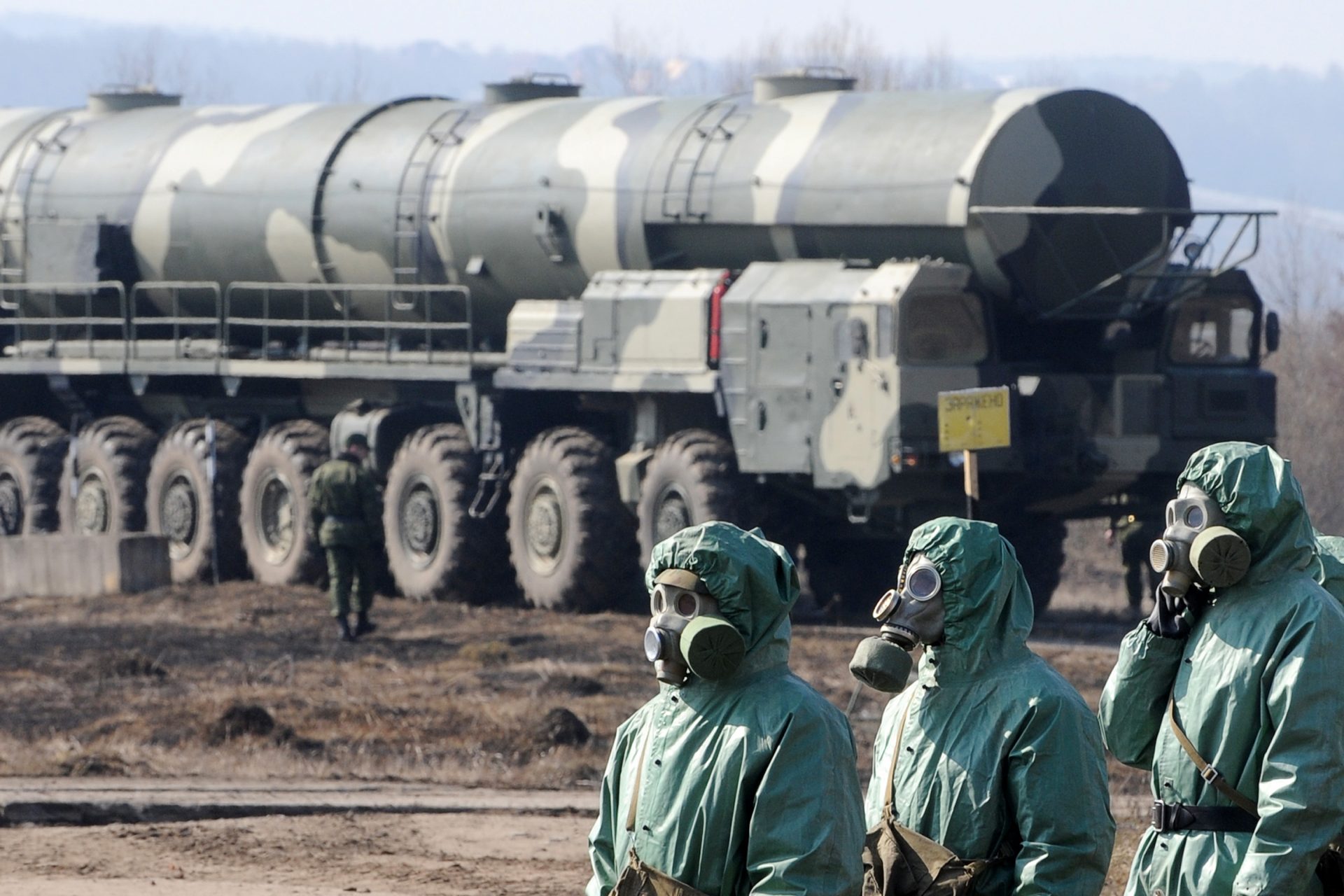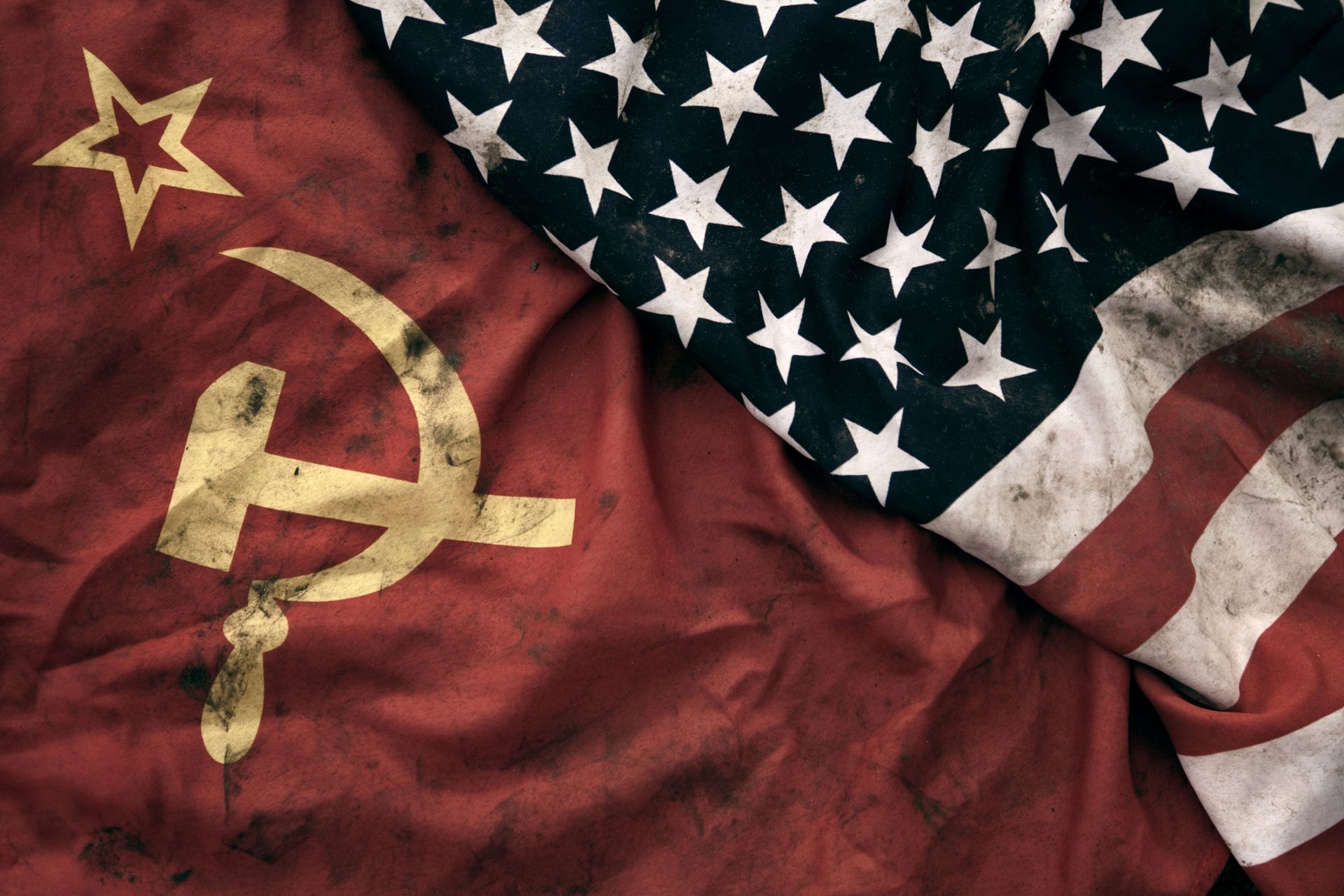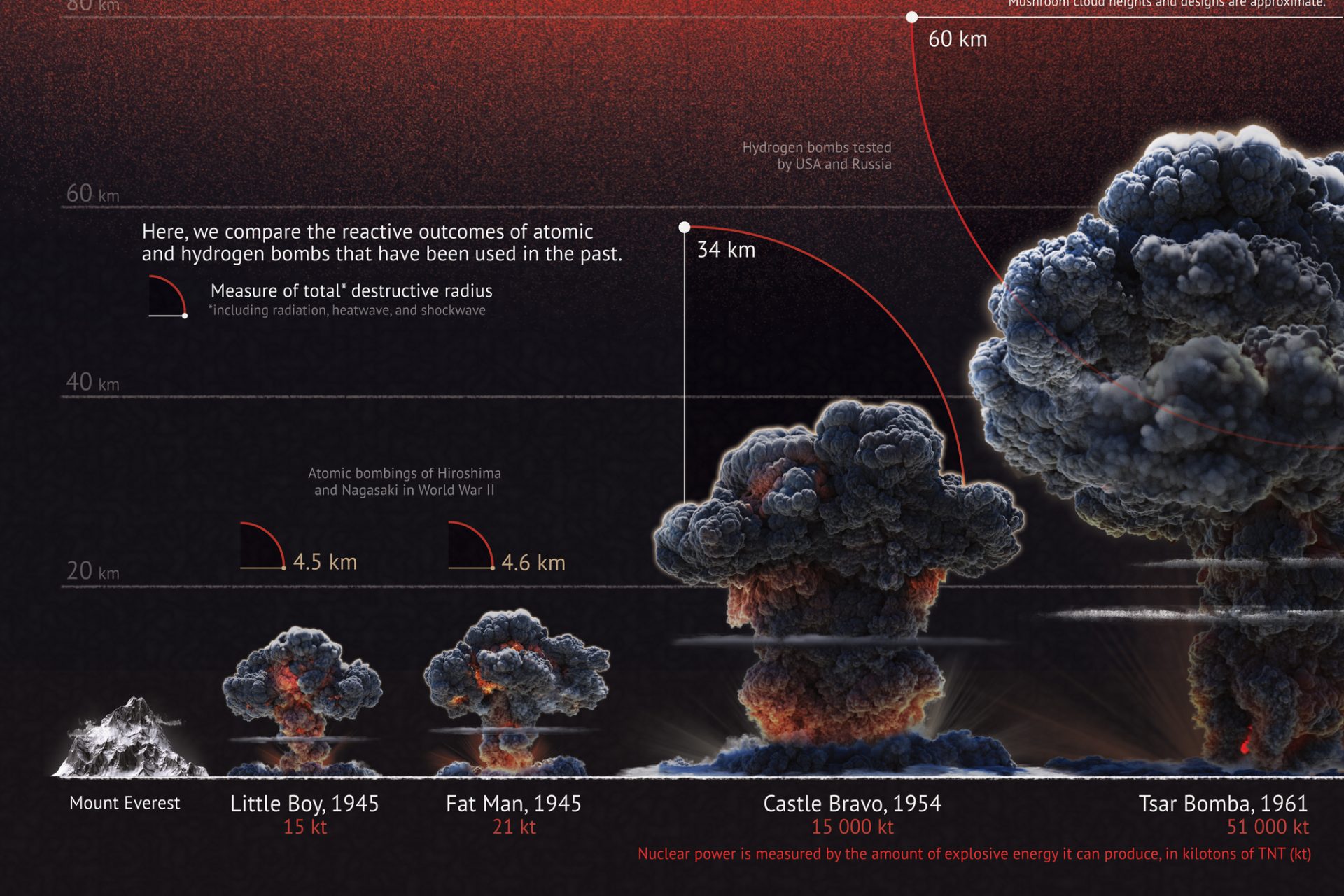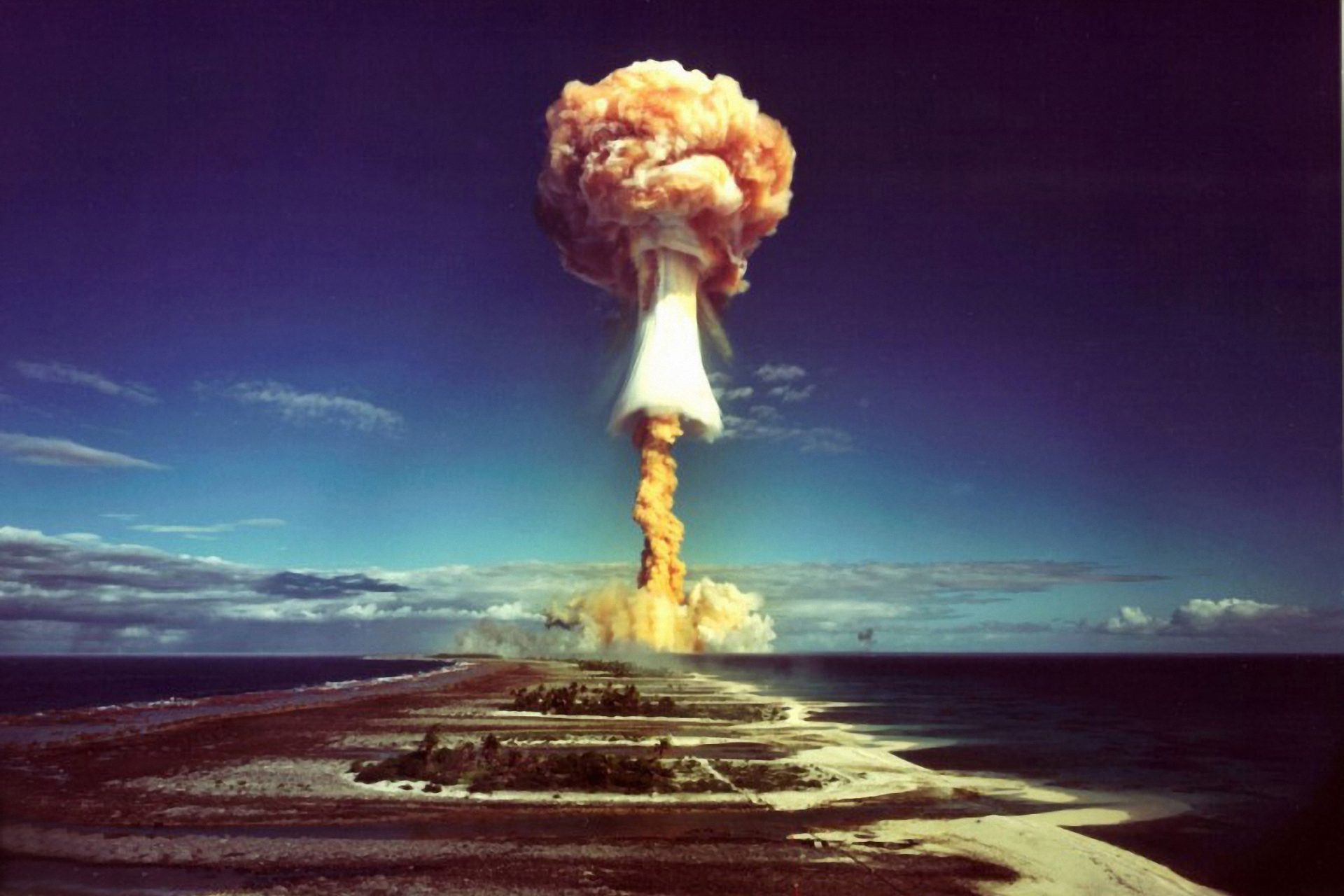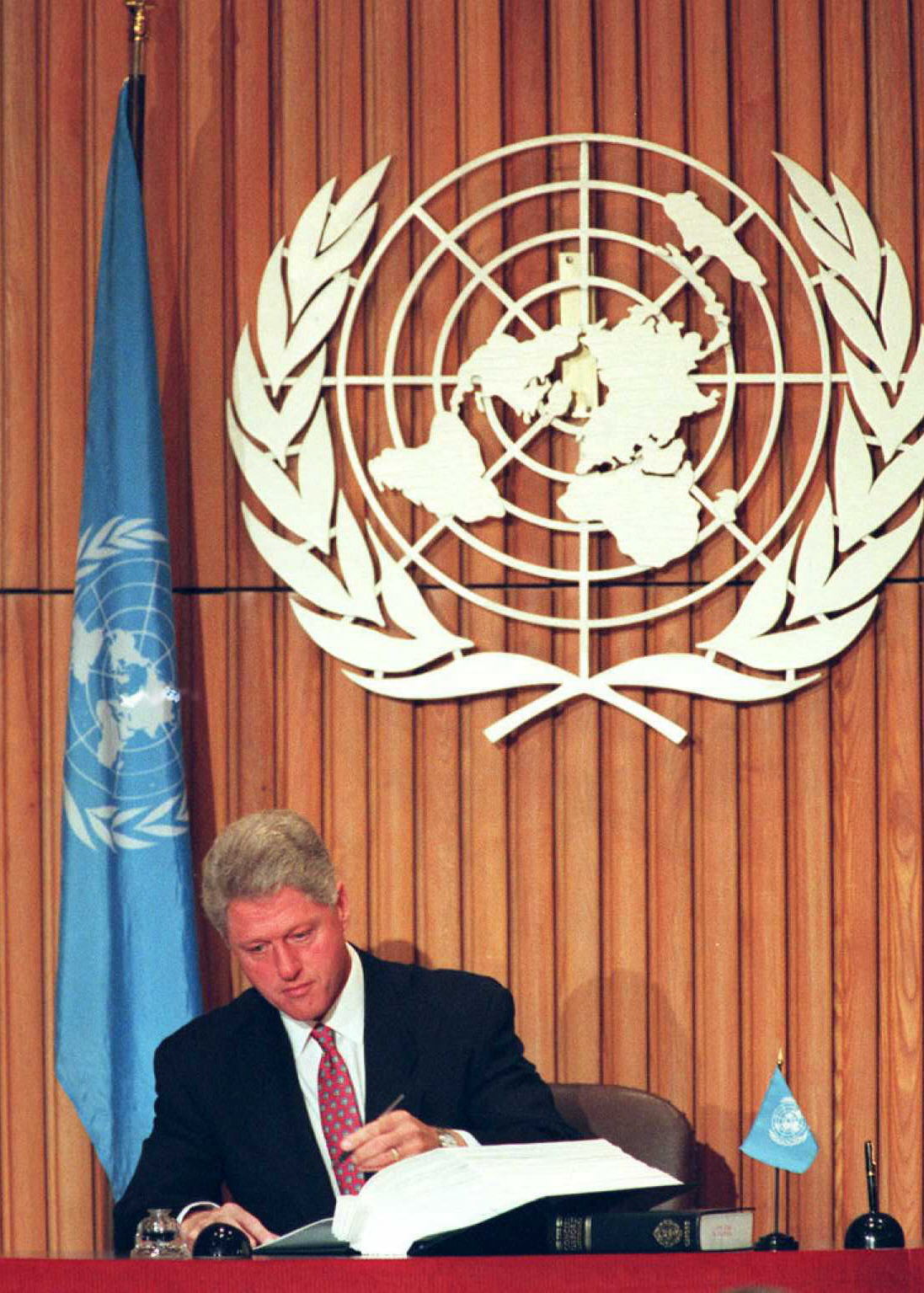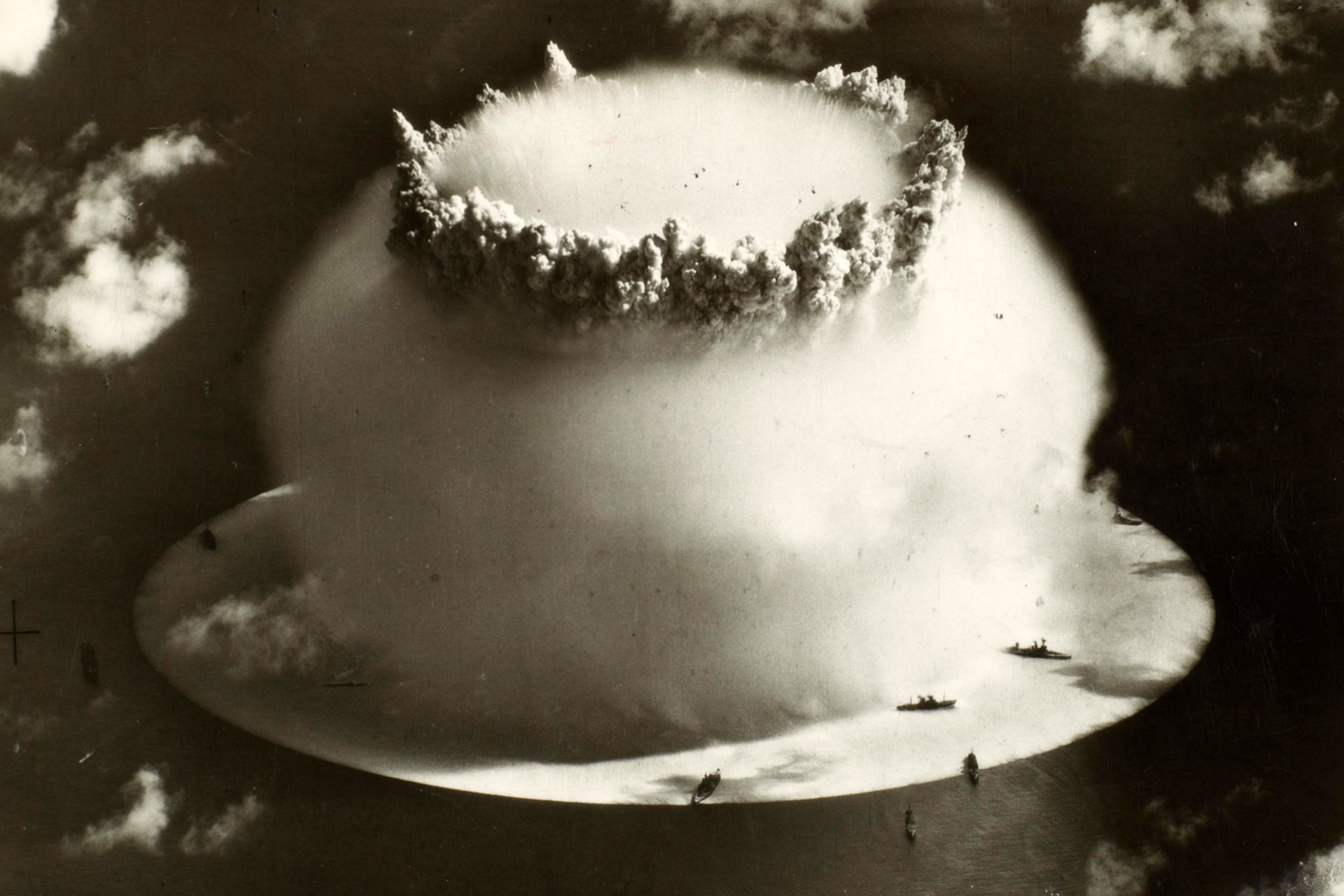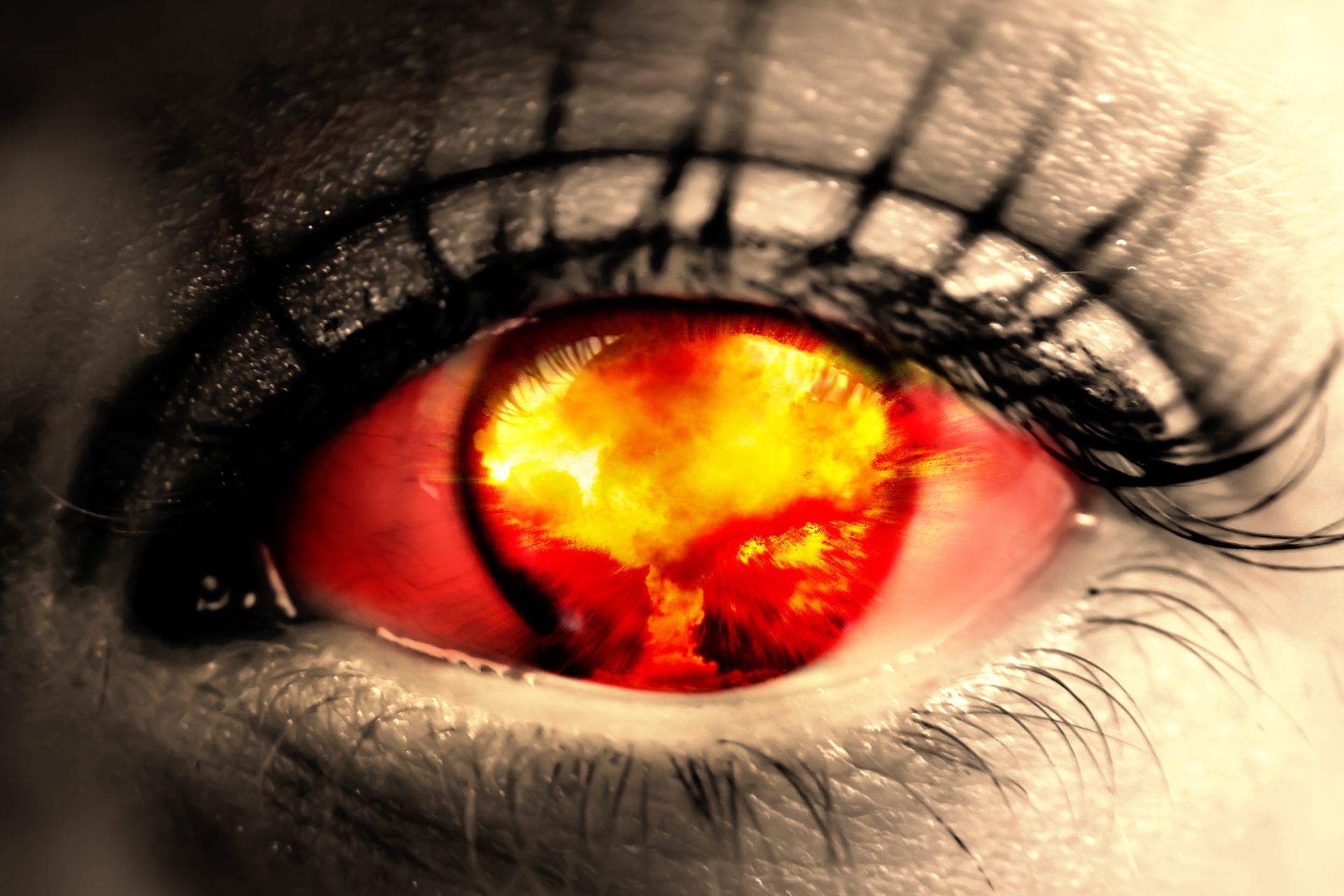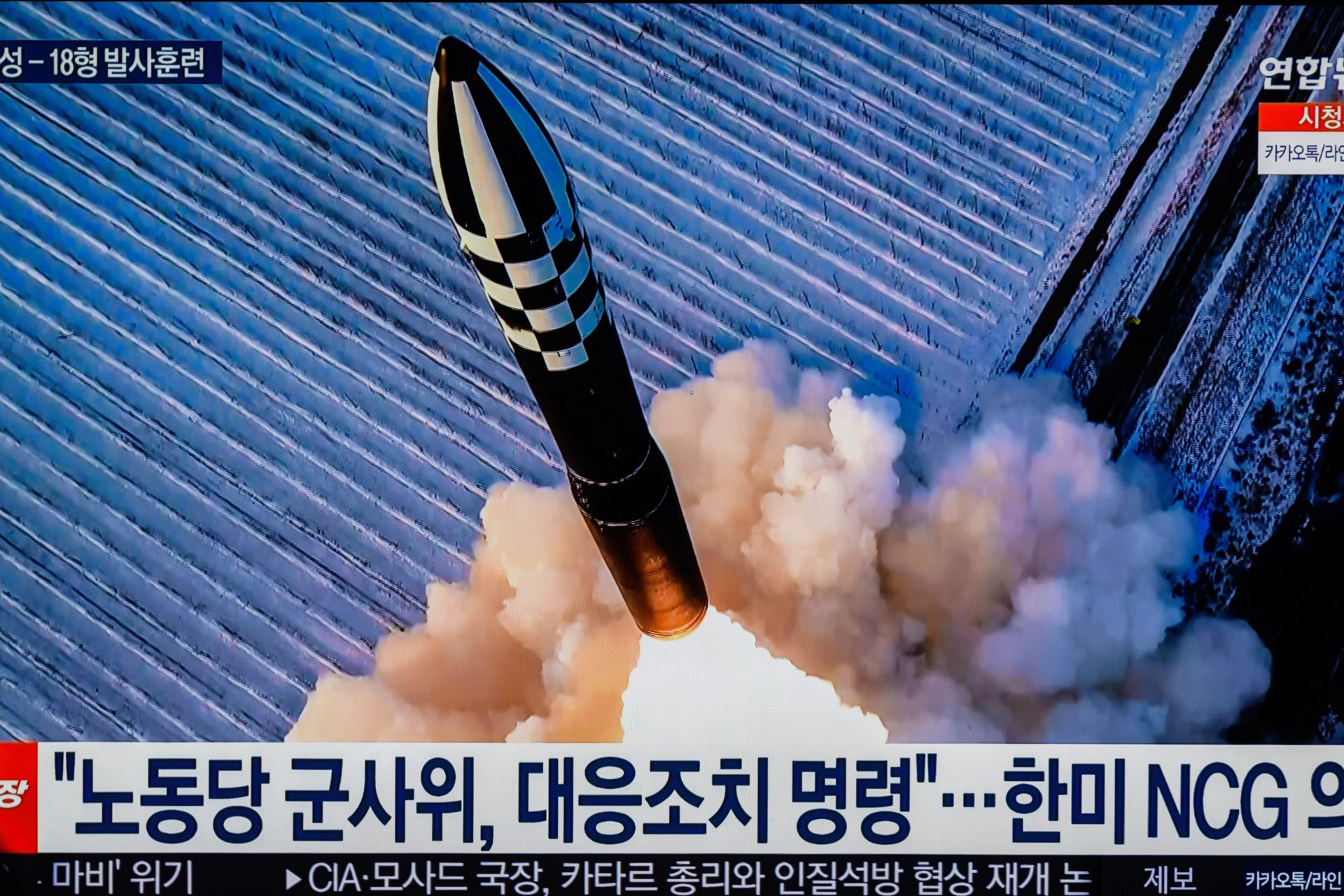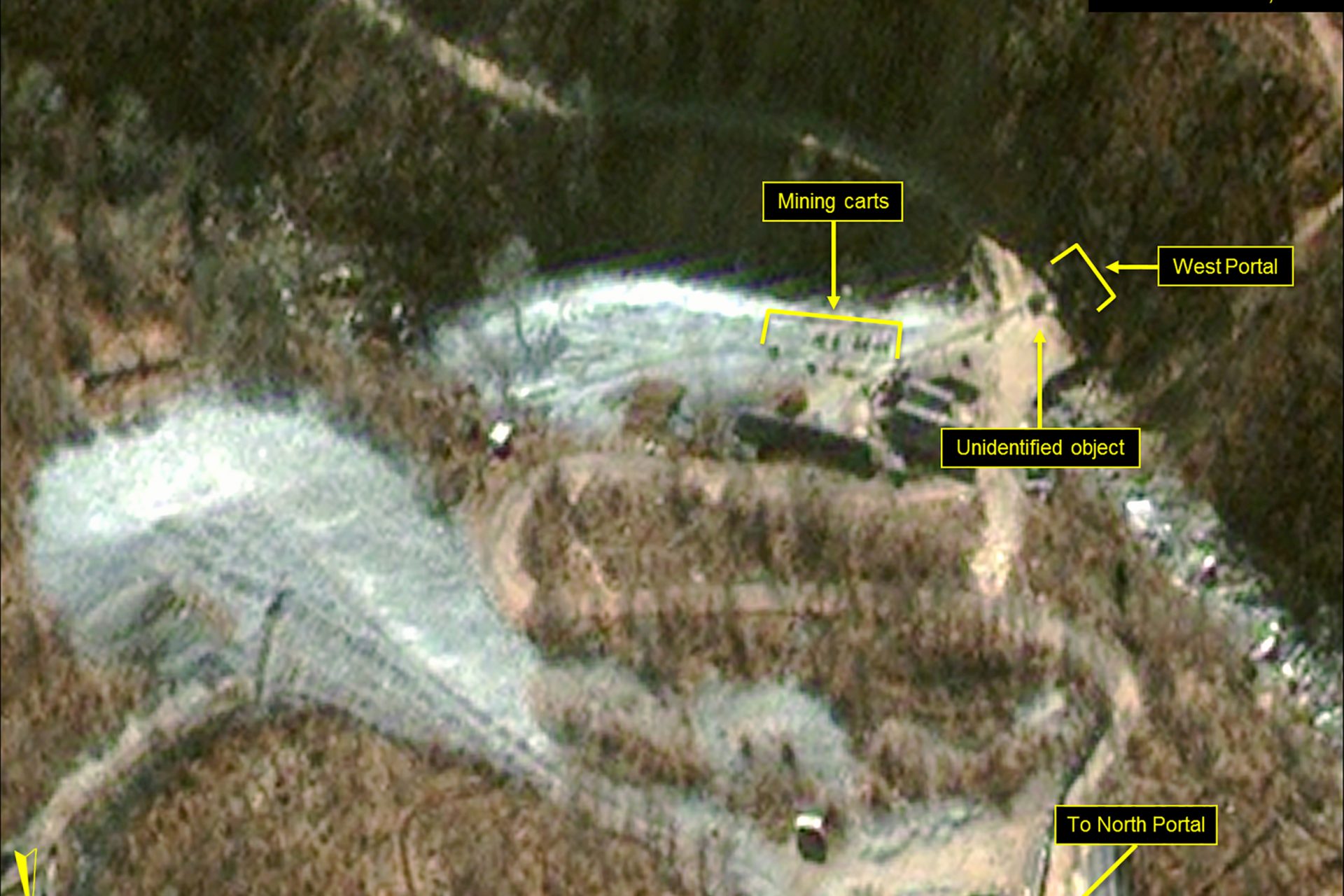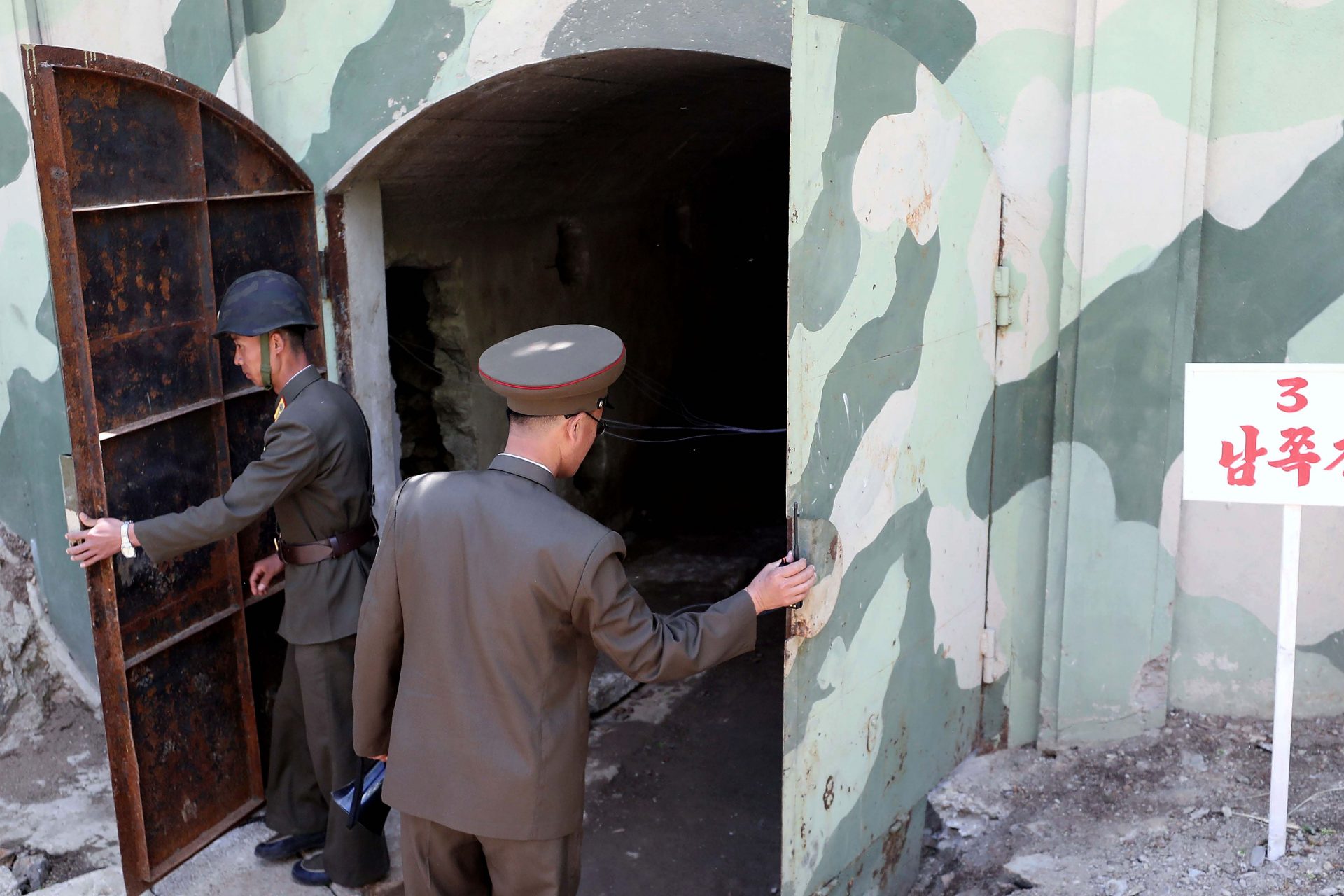When was the last nuclear weapon tested on Earth?
In 1963, most of the world's major nuclear powers signed the Limited Test Ban Treaty, which effectively banned the testing of all nuclear weapons on Earth. However, that didn't prevent some countries from testing powerful nuclear devices.
The risk of global nuclear war is now at its highest in decades due to geopolitical tensions from the Russian invasion of Ukraine. But has the world forgotten about the destructive power of nuclear weapons?
Nuclear warfare appeared to have fallen off the radar of most human beings after the fall of the Soviet Union and the Cold War ended. But upstart nuclear powers like North Korea have kept the world's nuclear worries at the forefront of some minds.
Part of the reason why nuclear weapons are not as worrying a threat in the modern era is probably because it has been a very long time since the world has experienced the unimaginable power of a nuclear explosion thanks to test bans.
The testing of any nuclear weapon whether it be for military or peaceful purposes was banned back in 1996 when the Comprehensive Test Ban Treaty (CTBT) was put into place by global leaders to manage the threat of nuclear weapons.
The treaty banned all “nuclear explosions by everyone, everywhere: above ground, underwater and underground” according to the Comprehensive Test Ban Treaty Organization, a group set up to monitor the CTBT’s conditions.
The CTBT has been a crucial tool in establishing a global norm against the testing of a nuclear device since its inception and only ten tests have taken place since the treaty was opened up for signatures, which was quite an impressive feat.
Ten nuclear tests may seem like a lot but before the establishment of the CTBT, and the global norm it helped establish, there had been over 2,000 nuclear weapons tested over the preceding five decades and almost none in the current century.
Only one country has broken the global norm established by the CTBT in this century, North Korea, which was last known to have tested a nuclear device on November 3rd, 2017 according to the Comprehensive Test Ban Treaty Organization.
Unusual seismic activity tipped off the world to North Korea’s nuclear test, a feat that the North Koreans had been working towards for some time. You may be surprised by how much we know about this unusual event.
A 2019 report from CNN gathered much of the relevant data on the event provided by sources like the Japanese Ministry of Defense and the South Korean Meteorological Administration, which revealed the size and scope of the explosion.
The nuclear test took place underground at North Korea’s Punggye-ri nuclear test site and it was reported that the explosive yield of the device was 160 kilotons. Aftershocks of the explosion caused a 6.3-magnitude tremor.
The explosion also reportedly caused the nuclear test site to collapse. Punggye-ri was the only known nuclear testing site of its kind in North Korea and had three tunnels that were used for tests, observation buildings, a foundry, and living quarters, CNN noted.
North Korea had performed five nuclear tests prior to the 2017 test, which were spread out across the 2000s and 2010s according to a press release from the University of California regarding a study on the seismic activity that followed the 2017 test.
“From 2006 to 2016 North Korea steadily increased the size of the events,” stated study co-author Thorne Lay, a professor of Earth and Planetary Sciences at the University of California, Santa Cruz. Lay added the device ranged from 1 to 20 kilotons.
“The very early events looked like they didn’t work very well, because they were unusually small. And then in one year, they jumped up to 250-ish kiloton,” Lay continued. The scary thing is that this was such a big device.”
North Korea hasn’t tested a nuclear device since 2017 but recent reports suggested that Pyongyang may be aiming to test a nuclear weapon in October as a surprise for the U.S. ahead of the country’s 2024 Presidential Election according to The National Interest.
More for you
Top Stories




